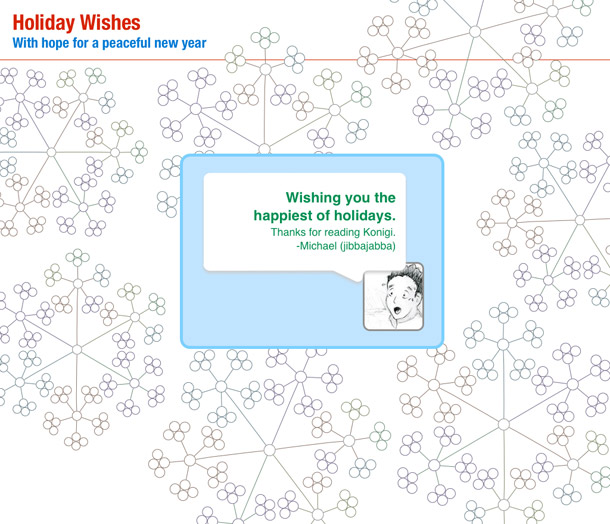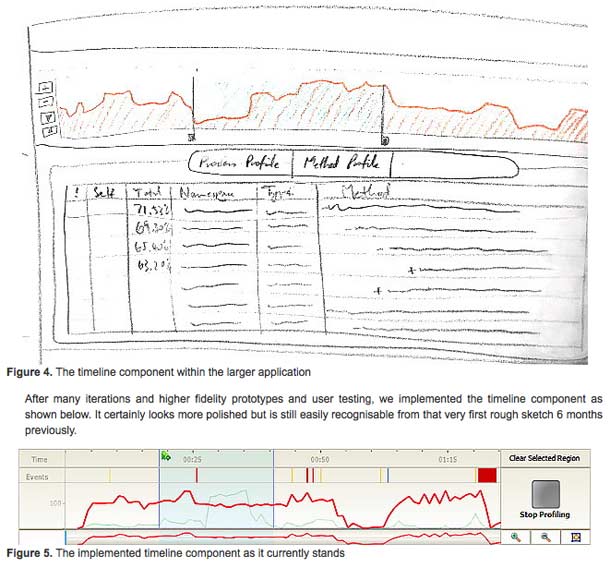The second part of Stephen Chambers' series on designing the ANTS Profiler tool, a .NET code profiler, discusses how a team leader challenged a group to really work collaboratively on developing the concept for the tool's interface by taking away computers and requiring that the team work with only paper, whiteboards, pencils, and markers.
James, the team leader had just read Bill Buxton's Sketching the User Experience and wanted to try to get his engineers to rally around the idea that everyone can participate in this ideation phase, and no one needed any specific skill to propose and sketch ideas. After some initial discomfort, a few people got the ball rolling, and then as the ideas started flowing, constraints and possibilities were clarified, revelations ensued, and useful design directions manifested themselves.
Stephen writes that the 2 main things he took away from the exercise were:
- It’s easy to generate and explore new ideas when everyone is sitting around a table with a pencil and sketchbook to hand.
- You don’t have to second guess what someone is thinking. We often just said “Don’t try and tell me – show me.” Two minutes later you had the idea on paper, concrete and unambiguous.
This is a wonderful example of how to get everyone (especially engineers!) on your team involved in concrete idea generation. There's no need to fear failure or criticism of ideas because sketches are disposable, but by having the ideas shown rather than just discussed, concepts become inherently clear rather and can be quickly refined or discarded with much less lost time when compared to first doing the work in software. The method used here might be a little extreme--taking all the computers out of the room for the duration of the exercise--but the benefits are clear, given the observations in Stephen's telling of the results.
http://www.simple-talk.com/dotnet/.net-tools/software-tool-design-design-by-sketching/


